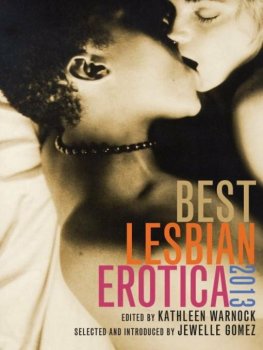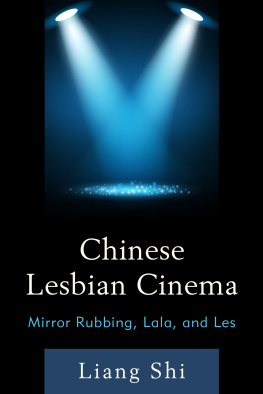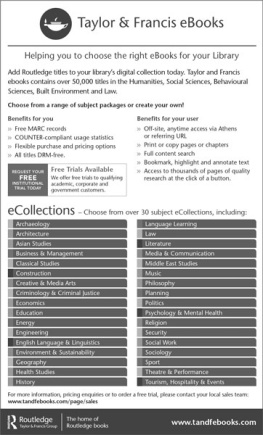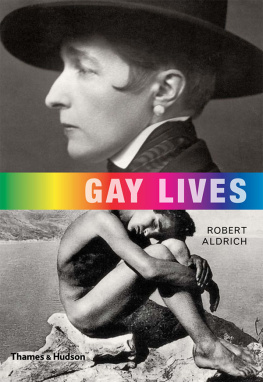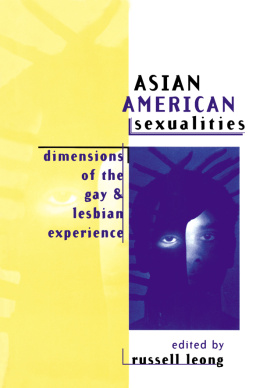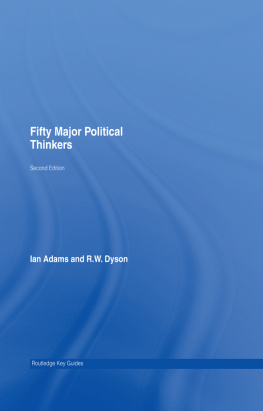
Whos Who
IN CONTEMPORARY GAY AND LESBIAN HISTORY
Available from Routledge worldwide:
Whos Who in Ancient Egypt
Michael Rice
Whos Who in the Ancient Near East*
Gwendolyn Leick
Whos Who in Classical Mythology*
Michael Grant and John Hazel
Whos Who in Contemporary Gay and Lesbian History
From World War II to the Present Day
Robert Aldrich and Garry Wotherspoon
Whos Who in Contemporary Womens Writing
Jane Eldridge Miller
Whos Who in Contemporary World Theatre
Daniel Meyer-Dinkgrafe
Whos Who in Dickens
Donald Hawes
Whos Who in Europe 14501750
Henry Kamen
Whos Who in Gay and Lesbian History
From Antiquity to World War II
Robert Aldrich and Garry Wotherspoon
Whos Who in the Greek World
John Hazel
Whos Who in Jewish History*
Joan Comay, new edition revised by Lavinia Cohn-Sherbok
Whos Who in Military History
John Keegan and Andrew Wheatcroft
Whos Who in Nazi Germany
Robert S. Wistrich
Whos Who in the New Testament*
Ronald Brownrigg
Whos Who in Non-Classical Mythology*
Egerton Sykes, new edition revised by Alan Kendall
Whos Who in the Old Testament*
Joan Comay
Whos Who in the Roman World
John Hazel
Whos Who in Russia since 1900
Martin McCauley
Whos Who in Shakespeare*
Peter Quennell and Hamish Johnson
Whos Who in World Politics
Alan Palmer
Whos Who in World War Two*
John Keegan
*Available in USA from Oxford University Press
Whos Who
IN CONTEMPORARY
GAY AND LESBIAN
HISTORY
From World War II
to the Present Day
Edited by
Robert Aldrich
and Garry Wotherspoon
First published 2001
by Routledge
11 New Fetter Lane, London EC4P 4EE
Simultaneously published in the USA and Canada
by Routledge
29 West 35th Street, New York, NY 10001
Routledge is an imprint of the Taylor & Francis Group
This edition published in the Taylor & Francis e-Library, 2005.
To purchase your own copy of this or any of Taylor & Francis or Routledges collection of thousands of eBooks please go to www.eBookstore.tandf.co.uk.
2001 Robert Aldrich and Garry Wotherspoon
All rights reserved. No part of this book may be reprinted or reproduced or utilised in any form or by any electronic, mechanical, or other means, now known or hereafter invented, including photocopying and recording, or in any information storage or retrieval system, without permission in writing from the publishers.
British Library Cataloguing in Publication Data
A catalogue record for this book is available from the British Library
Library of Congress Cataloging in Publication Data
A catalogue record for this book is available from the Library of Congress
ISBN 0-203-99408-6 Master e-book ISBN
ISBN 041522974X (Print Edition)
Contents
Introduction
At the end of the twentieth century, it seems a not inappropriate time to put together a Whos Who in Contemporary Gay and Lesbian History covering the period from 1945 to the present.
First, and probably most importantly, this relates to the massive and in the long sweep of human history, relatively rapid changes that have occurred in the Western world in the situation of those with same-sex desires. We have only to look back a generation or two to see the magnitude of these changes: anyone born prior to World War II in most European countries and their overseas offshoots was born into a world where their homosexual orientation was usually seen as a crime, or a medical pathology, and where Judeo-Christian values held sway a sin. In contrast, for those born in the last several decades, the emphasis in Western pluralistic societies on human rights has seen (at least in an increasing number of countries) decriminalisation of previously proscribed sexual activity, and the passing of anti-discrimination and anti-vilification laws to protect gays and lesbians, as well as the extension, to them, of relationship and immigration rights. The great festivals that now annually draw hundreds of thousands of participants, from the Europride celebrations to the Sydney Gay and Lesbian Mardi Gras, would have been unthinkable even a generation ago. So too would have been the proliferation of bars and saunas, bookshops selling gay classics and erotica, and the hundreds of other services that openly and loudly hawk their wares in gay ghettos from the Castro to the Marais.
Such dramatic changes did not occur in a vacuum, and there are a variety of reasons for this changed situation, not least being the work of homophile activists working to change both laws and attitudes.
Activism for lesbian and gay rights, although it has a long history, has only really been a success story for the post-World War II era, and here it ties in with the emergence of a range of new social movements and their advocates. Partly emerging from the counter-cultural revolution, and linked with such developments as second-wave feminism, the anti-war and anti-nuclear movements, black power and anti-colonial movements (including the American civil rights movement and anti-apartheid efforts in South Africa) and the ideas of the New Left, activists for gay liberation were able to tap into the widespread discontent with, and questioning of, the values and moralities of their forebears. All of these social movements had an impact, though of varying degrees; in the case of homosexual emancipation, then gay liberation, it meant the start of an era of dramatic change.
Activism on its own is not sufficient, and so another point to note is the changed mental climate since World War II, which has allowed this activism both to occur and to be successful. New ideas issued from various sources Freudian explanations of human sexuality, the debate in many countries about sex education (often associated with the birth-control debate, and attempts to stabilise marriage), the impact of cross-cultural studies indicating that many societies had for long accommodated people with same-sex desires, the notion that the personal is political all drew together a range of people to contest old ideas about what homosexuality represented.
Other developments were also important, and they could be quite diverse. Kinseys famous sexological research of the 1940s showed that, far from being an indulgence of a small minority of deviants, same-sex sexual activity amongst males was far more common than had been presumed; moreover, the advent of the contraceptive pill allowed for sexual activity to be effectively separated from reproduction, encouraging large-scale sexual activity outside the old norms.
Another major driving force in the re-evaluation of those with same-sex desires has been scholarship. Both within and outside the academy, there has been an enormous growth in the level and quality of scholarship on sex and gender issues. Historical studies indicated that a major cultural fount of the West, classical Greece, had a set of institutionalised arrangements for samesex relations. Works by such researchers as Evelyn Hooker in sociology, Jeffrey Weeks, Gert Hekma, Alan Bray, Wilhelm von Rosen and Giovanni DallOrto on the history of male homosexuality, and Martha Vicinus, Lillian Faderman, Karla Jay and Marie-Jo Bonnet in lesbian history have greatly enhanced our knowledge of sexuality in general, and how it is historically constructed. Pioneering work in womens studies by such scholars and theorists as Monique Wittig, Mary Daly and Kate Millett provided a new, feminist reading of culture. Many of the myths surrounding those with same-sex desires have been demolished (though they unfortunately persist in some quarters and have been resurrected by apostles of the radical right). Indeed, it would not be drawing too long a bow to say that activism and scholarship have played complementary roles in the past few decades. The activities of gay and lesbian scholars in rediscovering the lives of homosexuals hidden from history, in undermining received medical and psychiatric notions about the pathology of homosexuality, in documenting the frequency of same-sex behaviour throughout different social milieux, in providing new readings of art and literature have contributed greatly to contemporary gay and lesbian emancipation.


